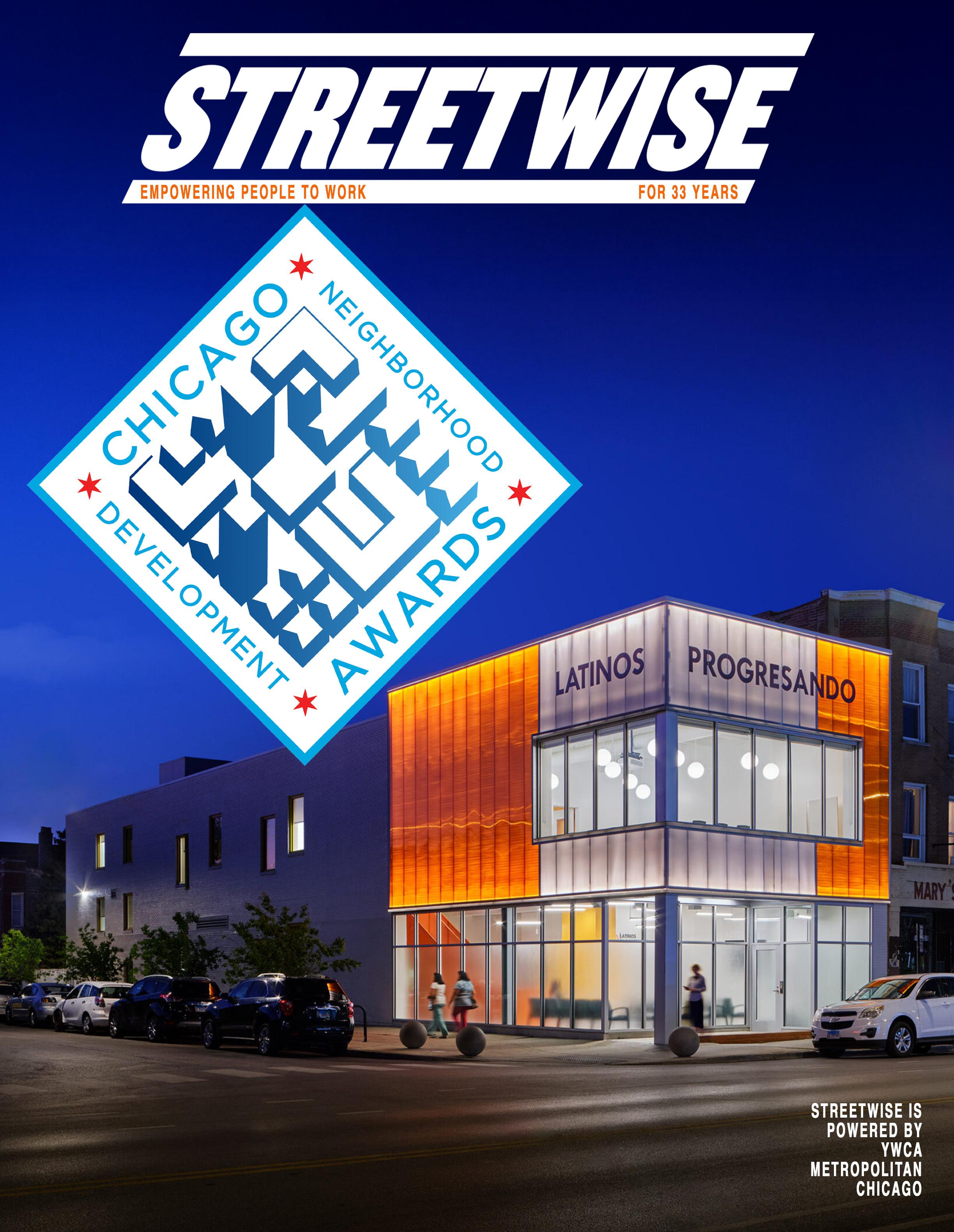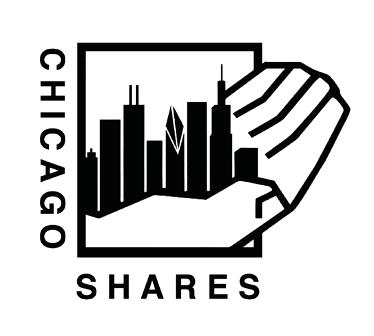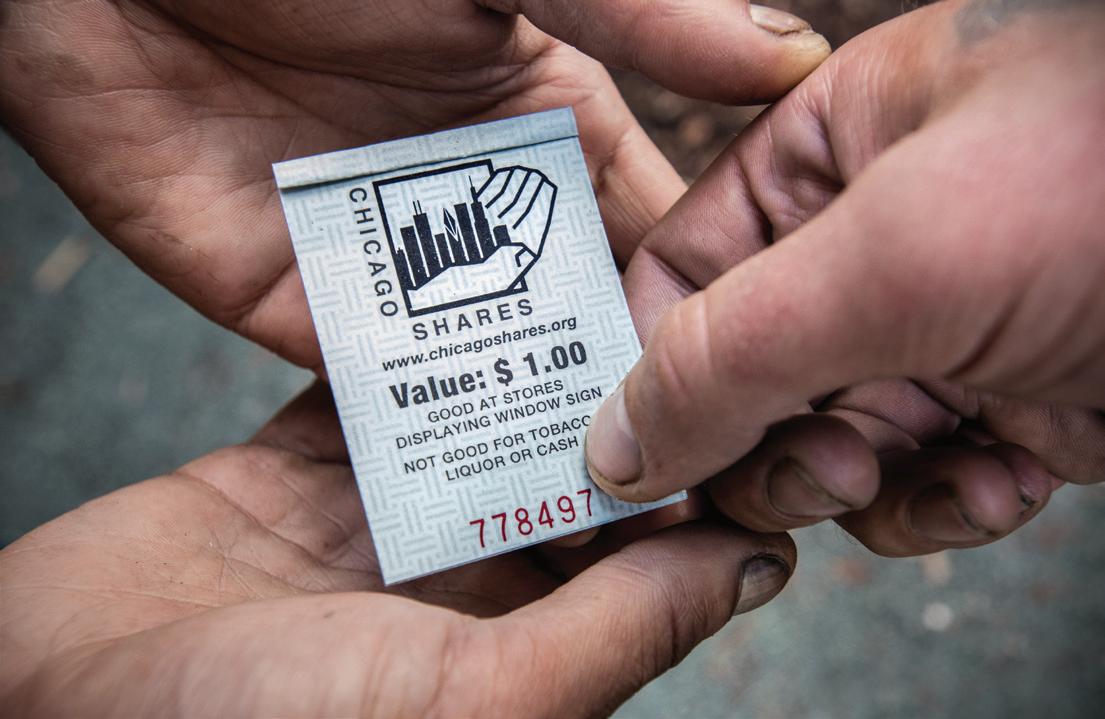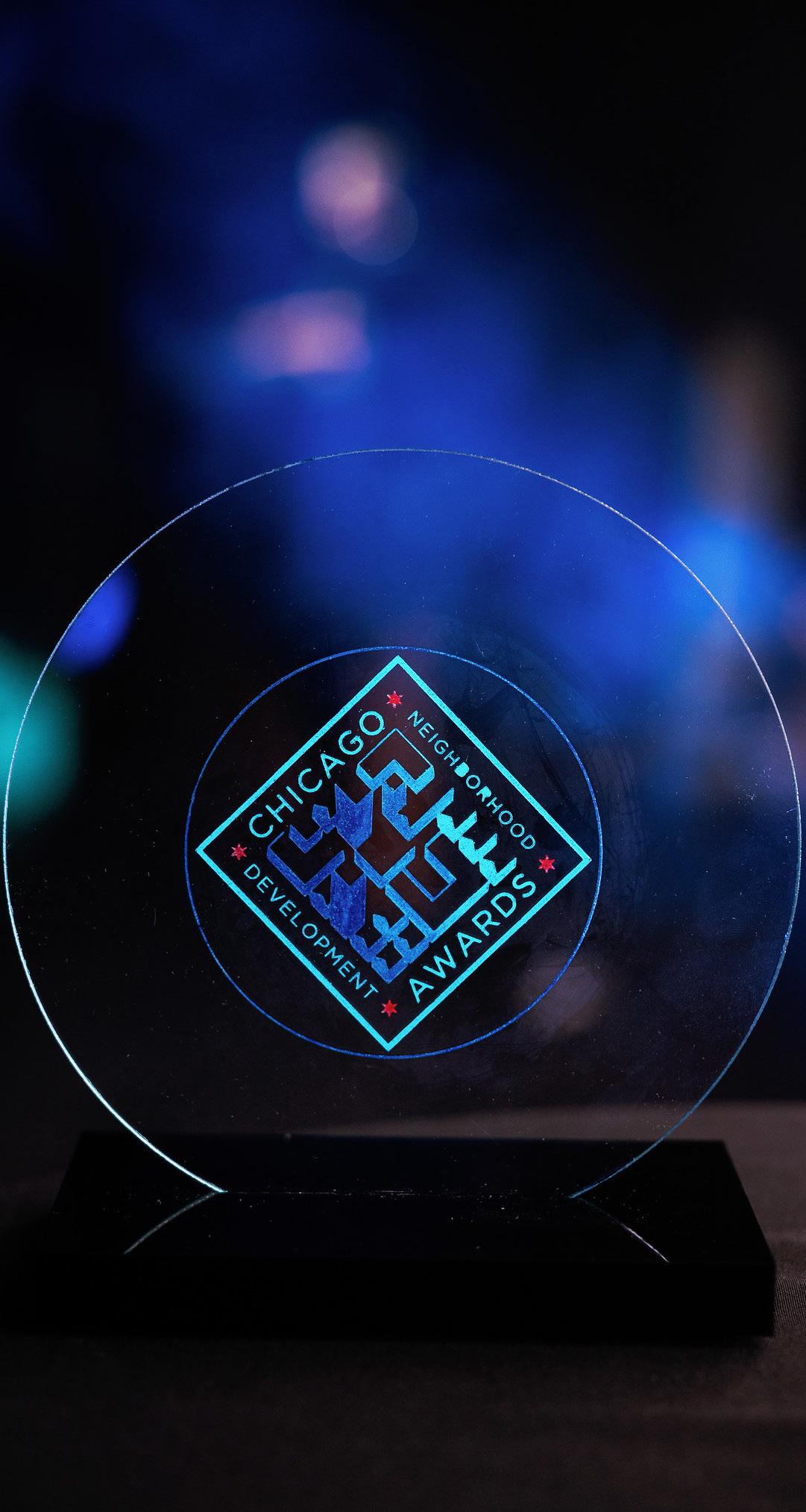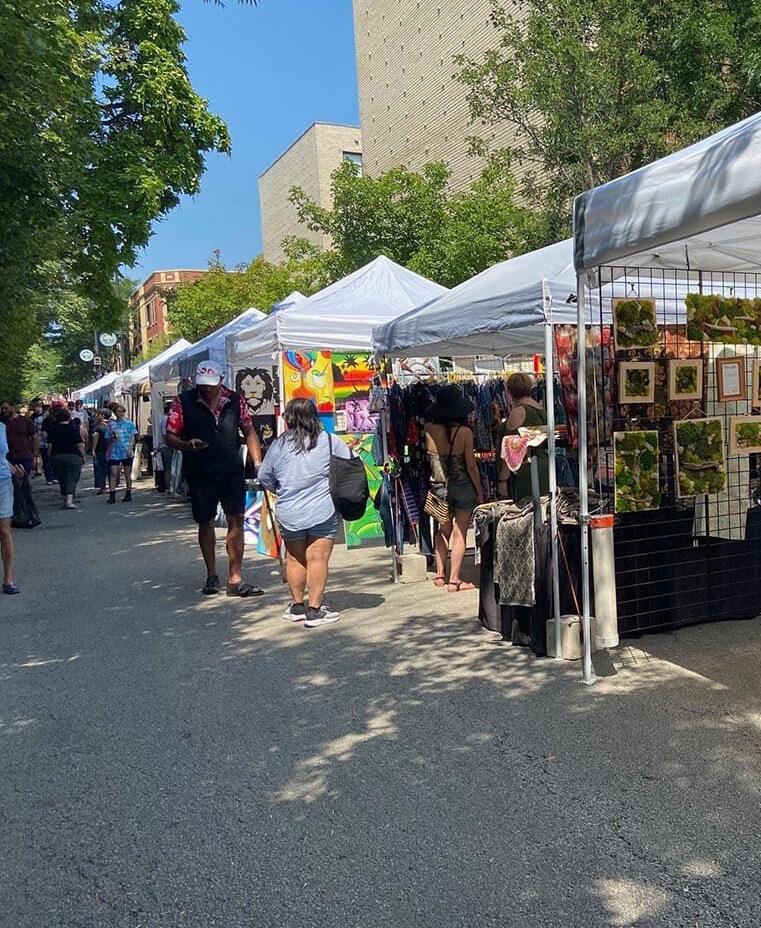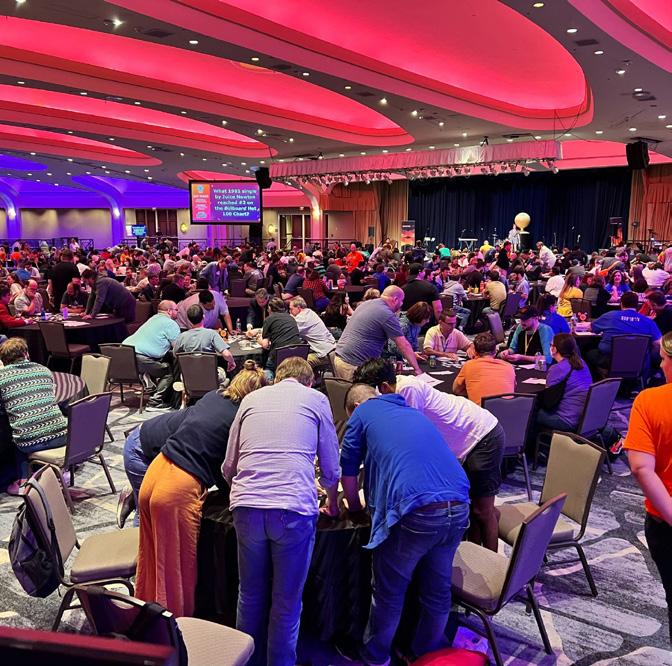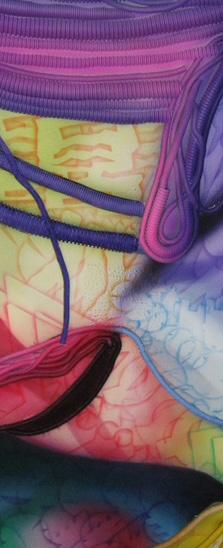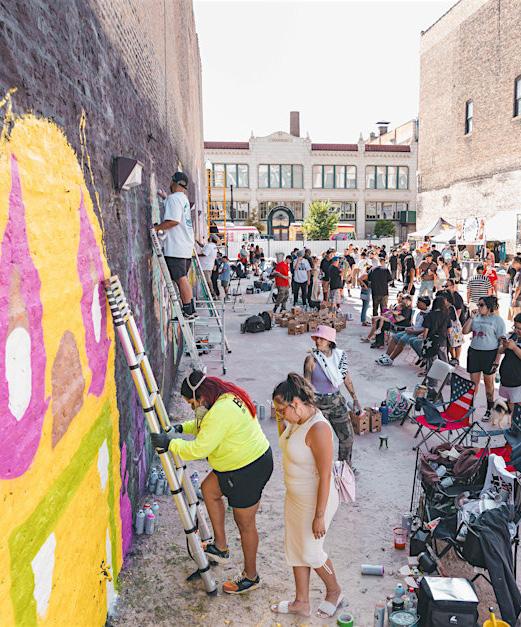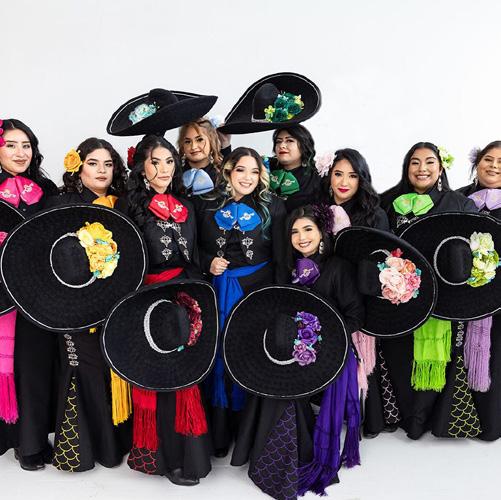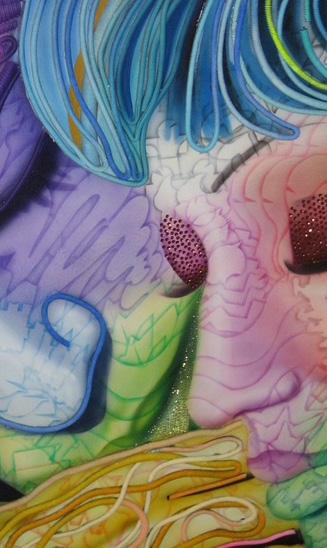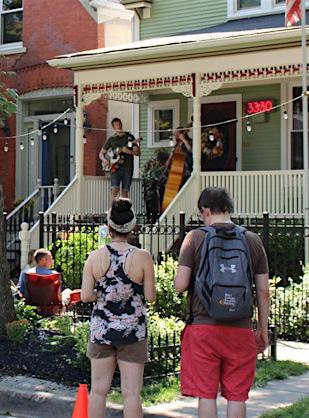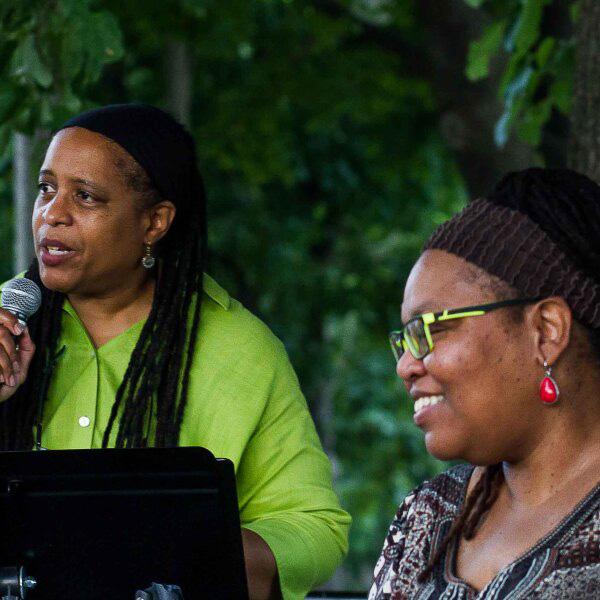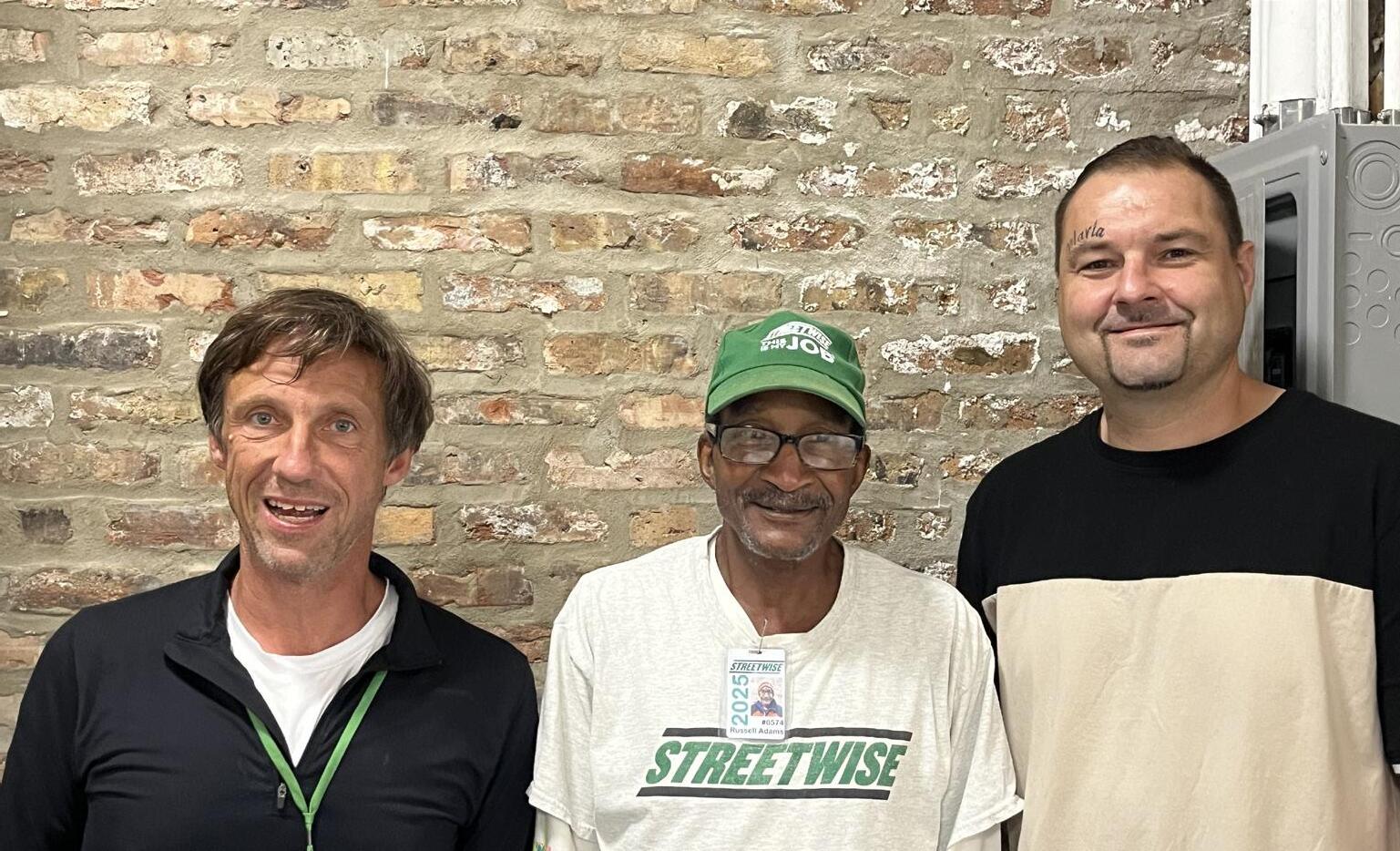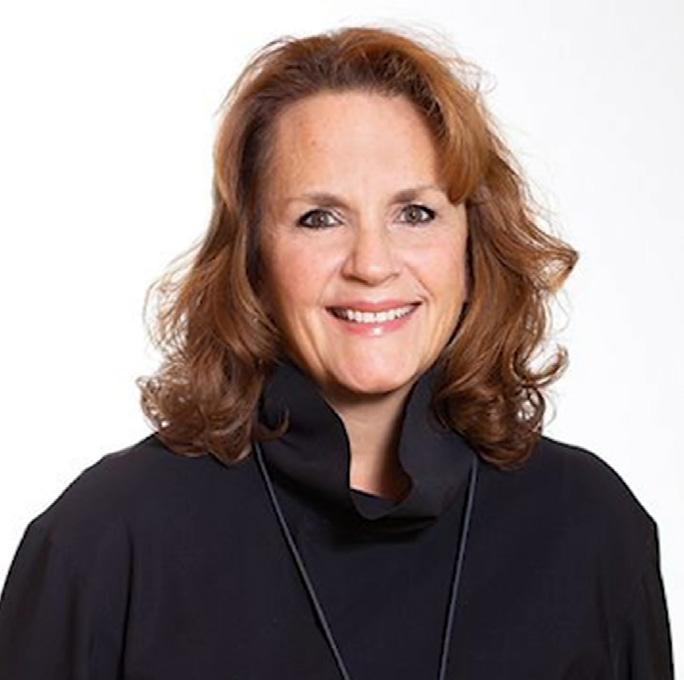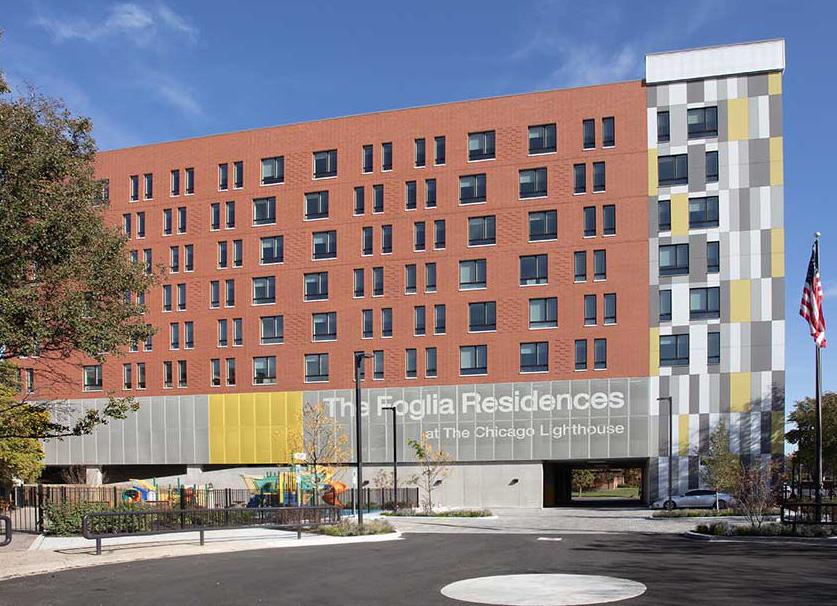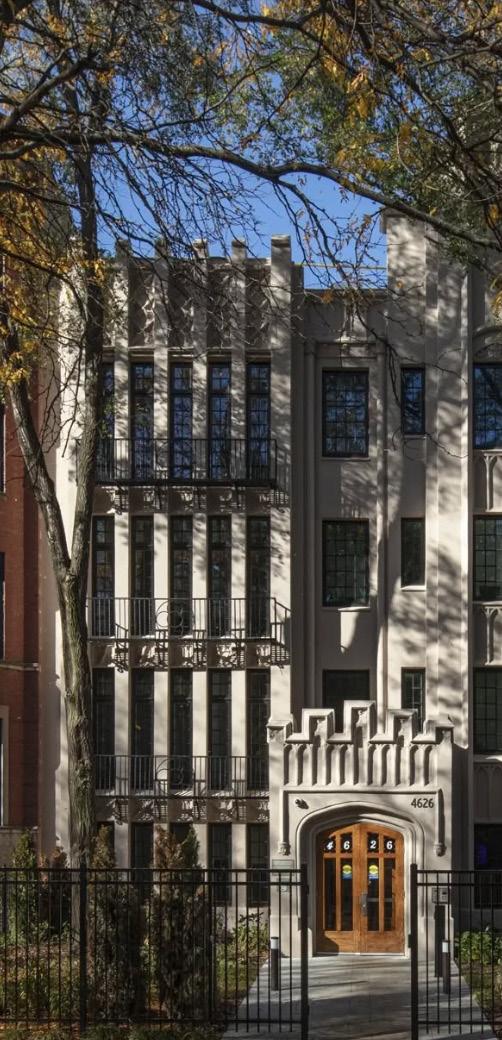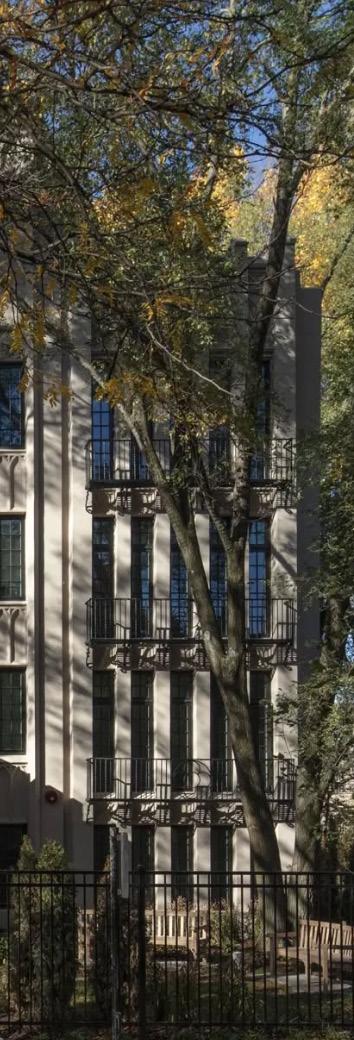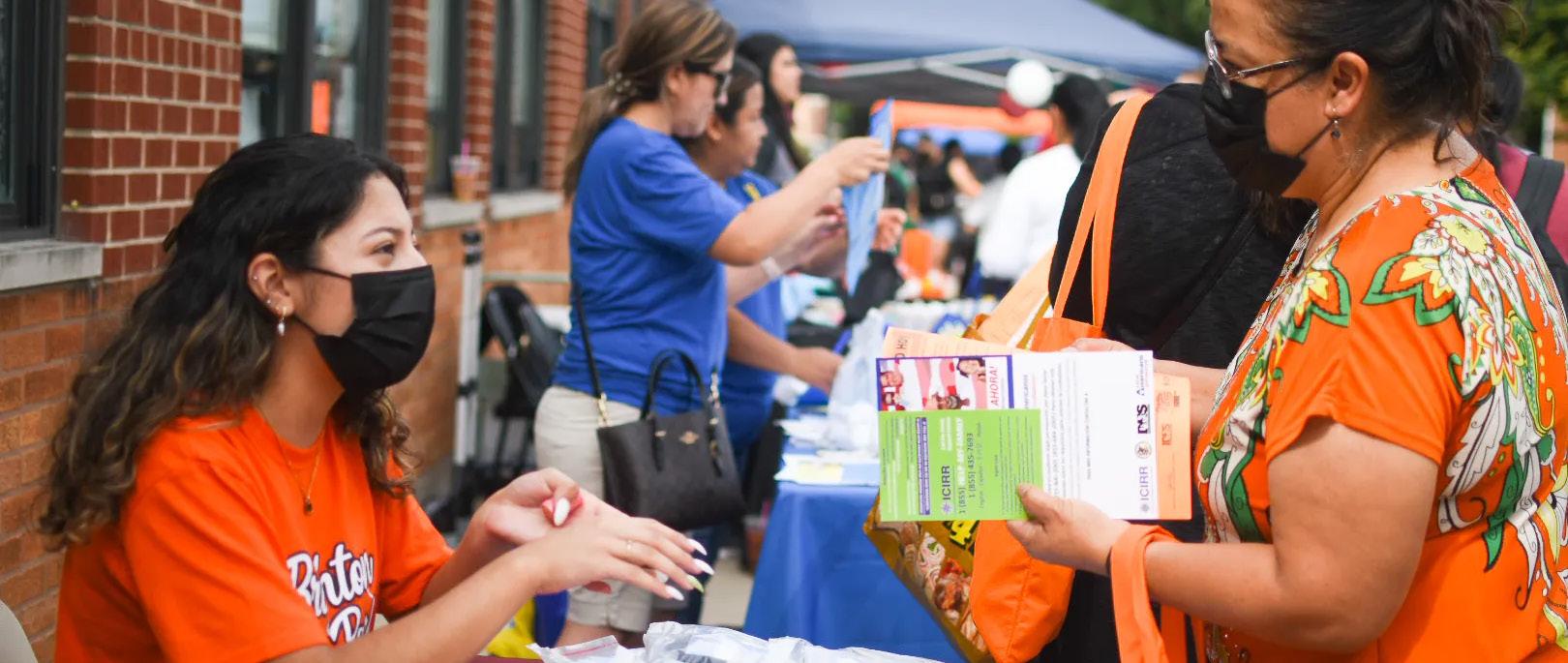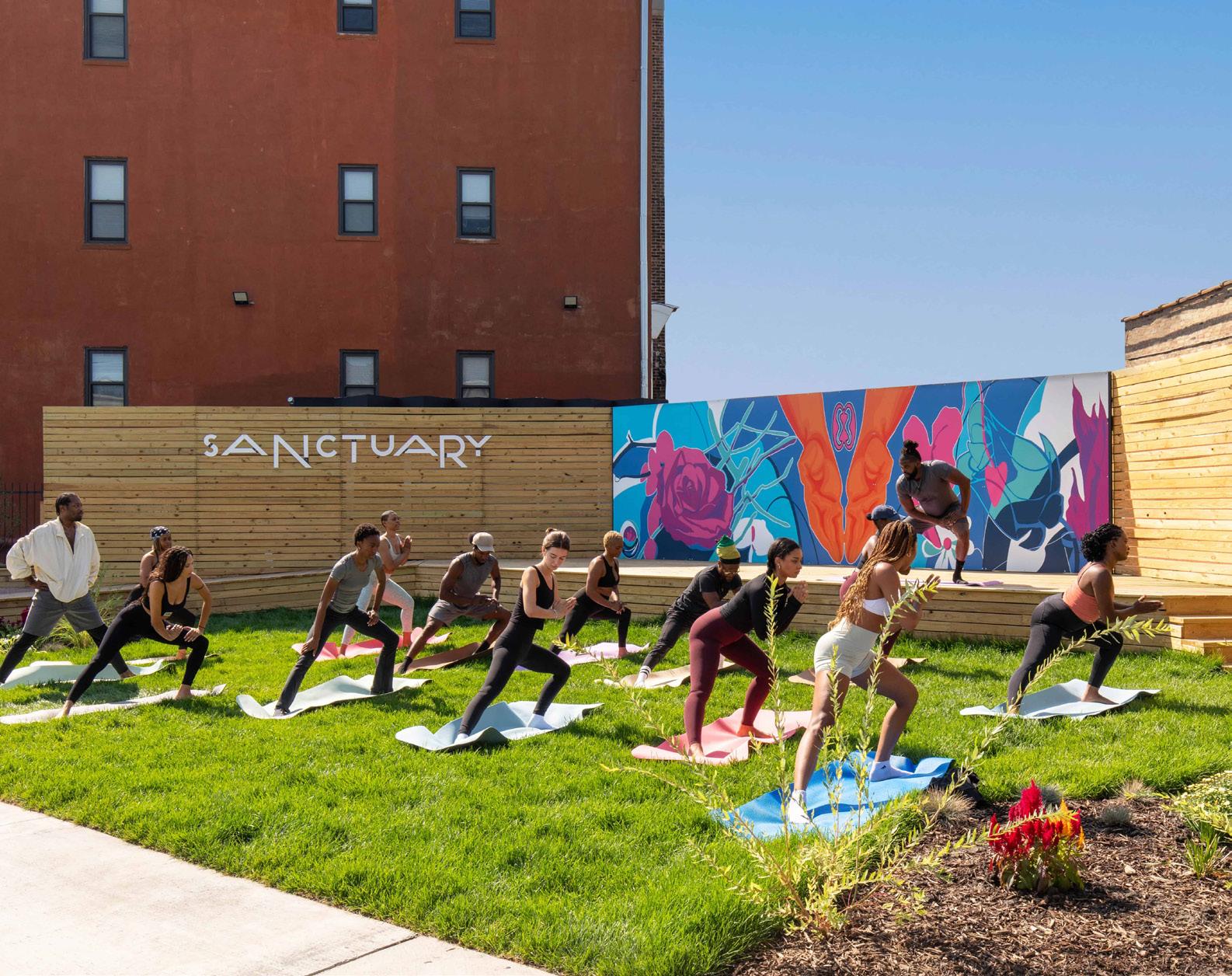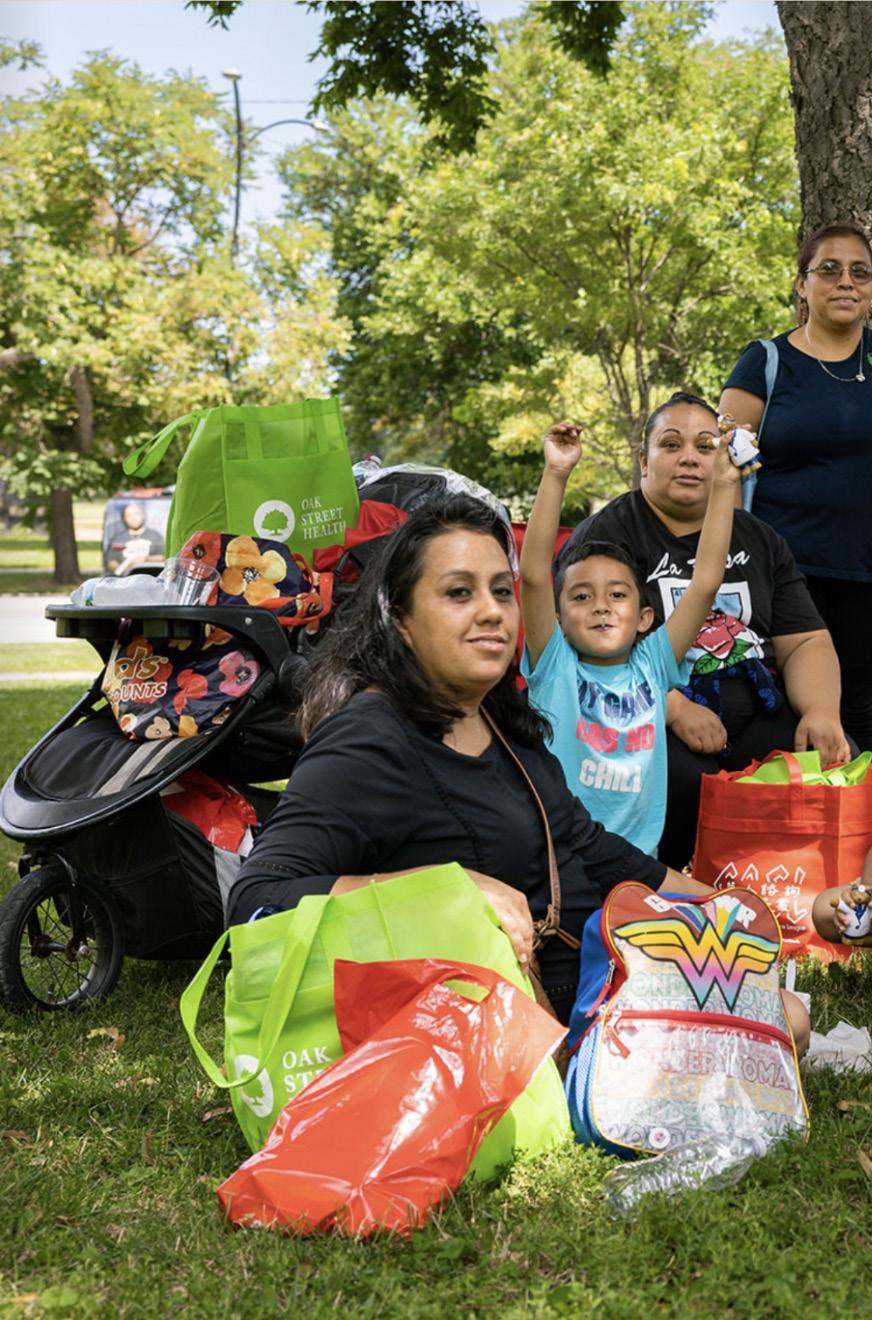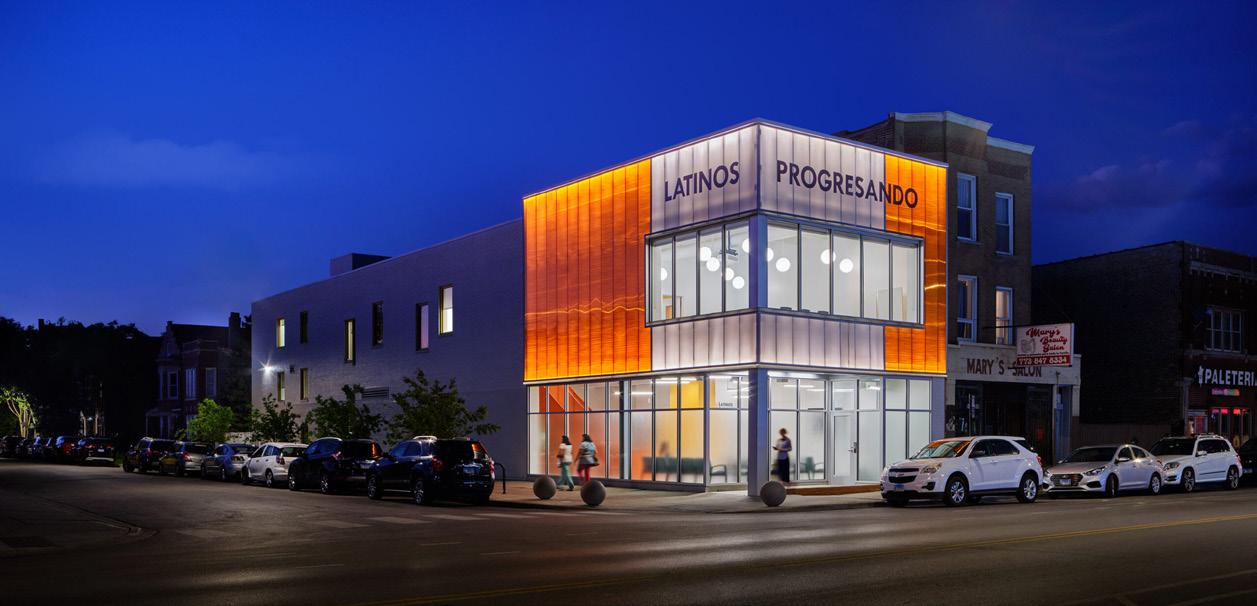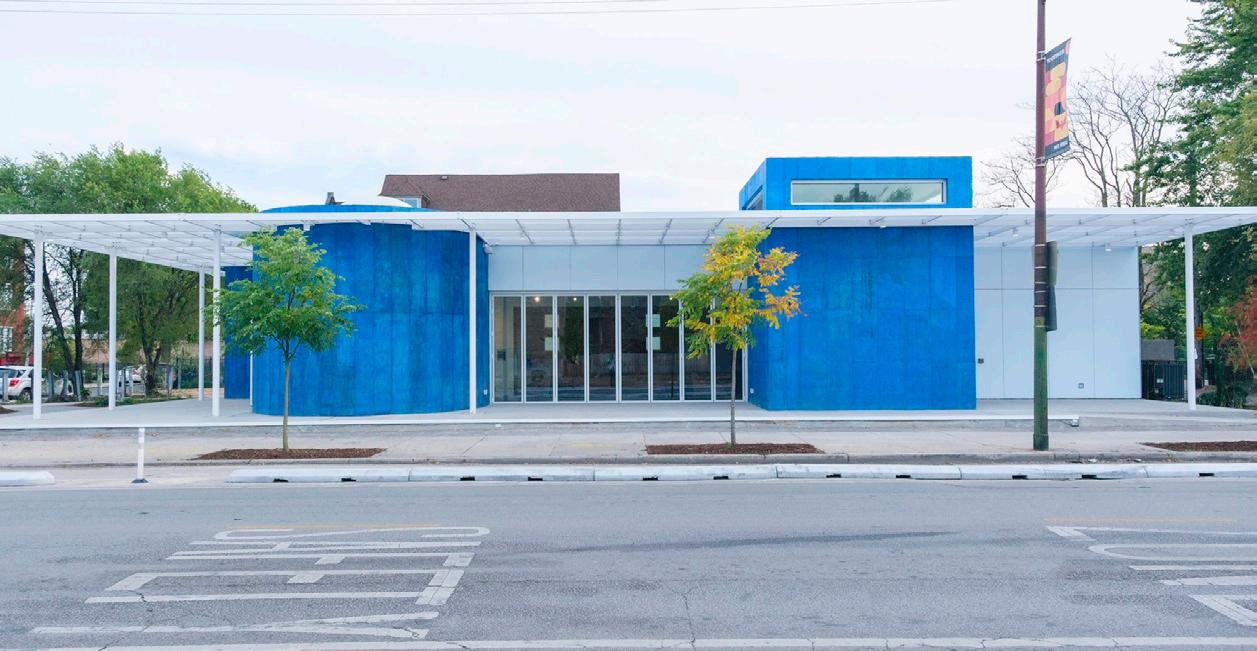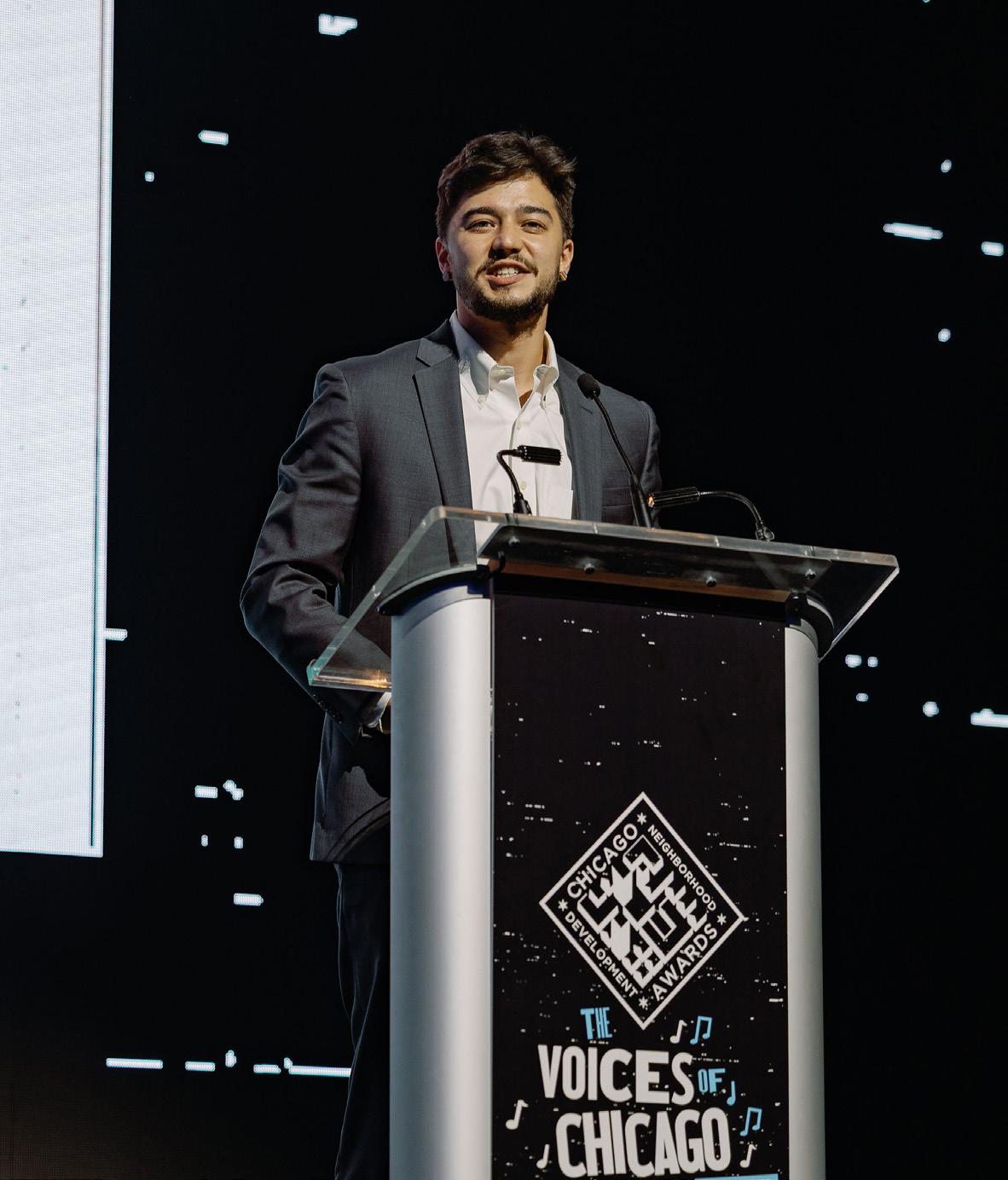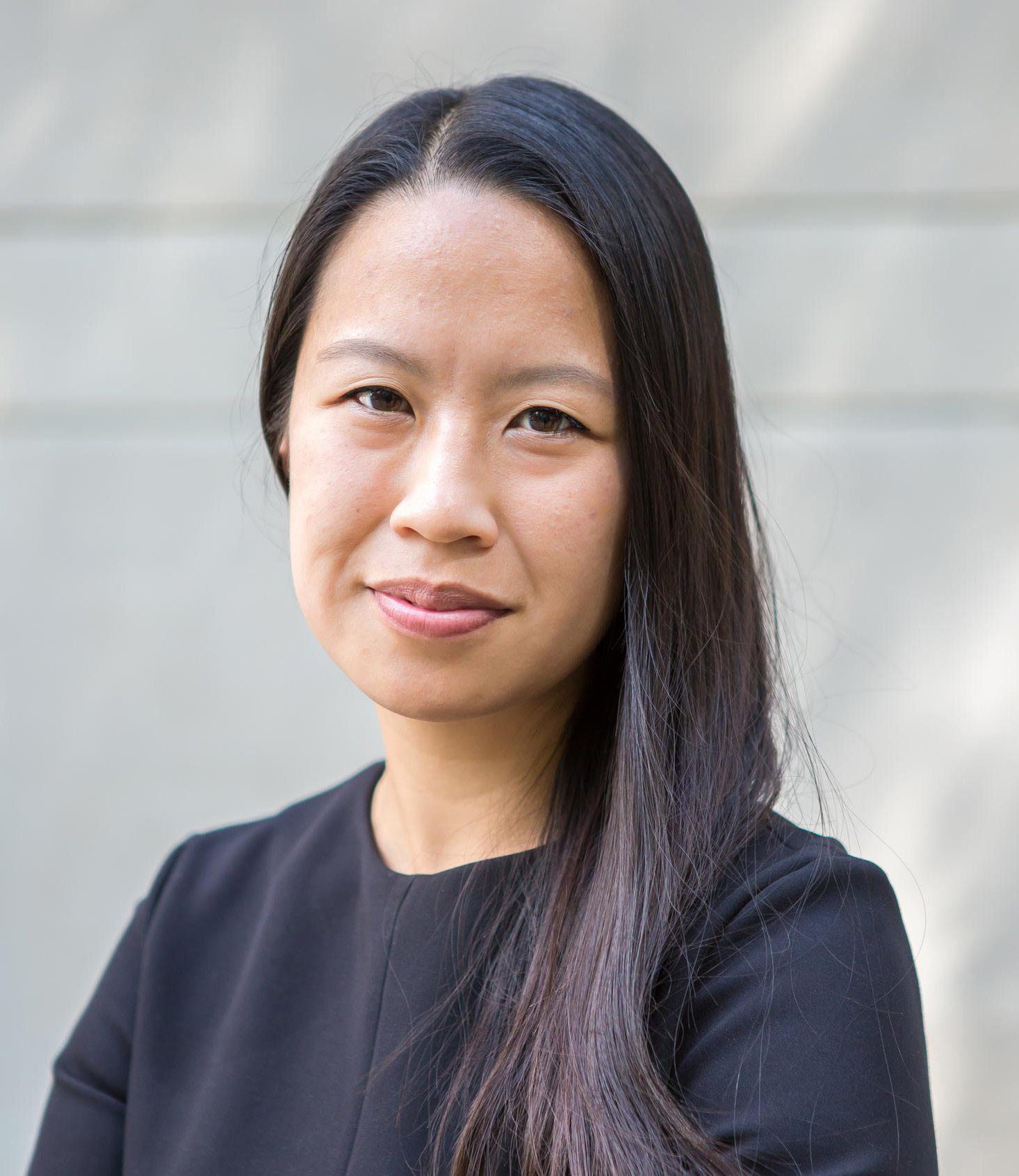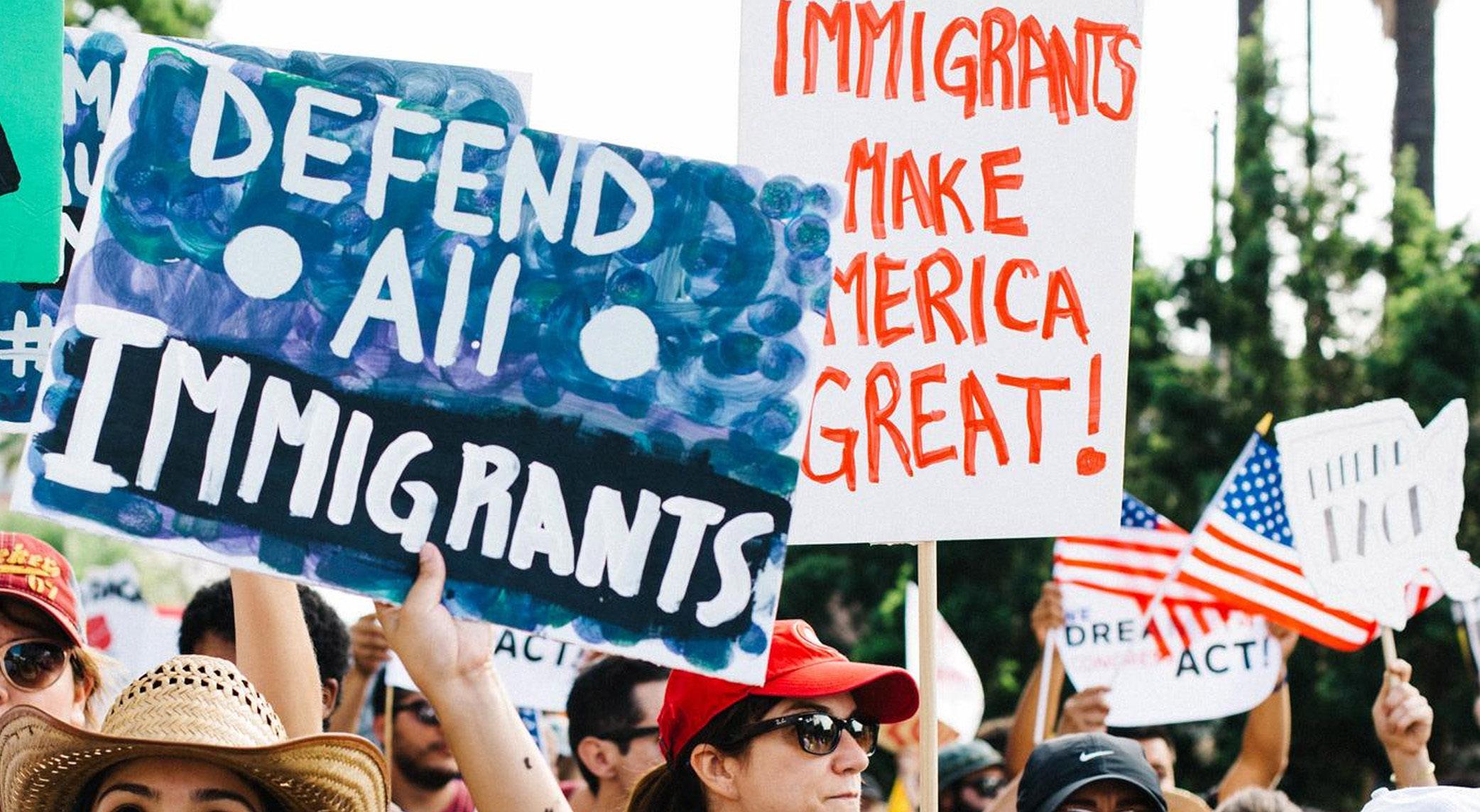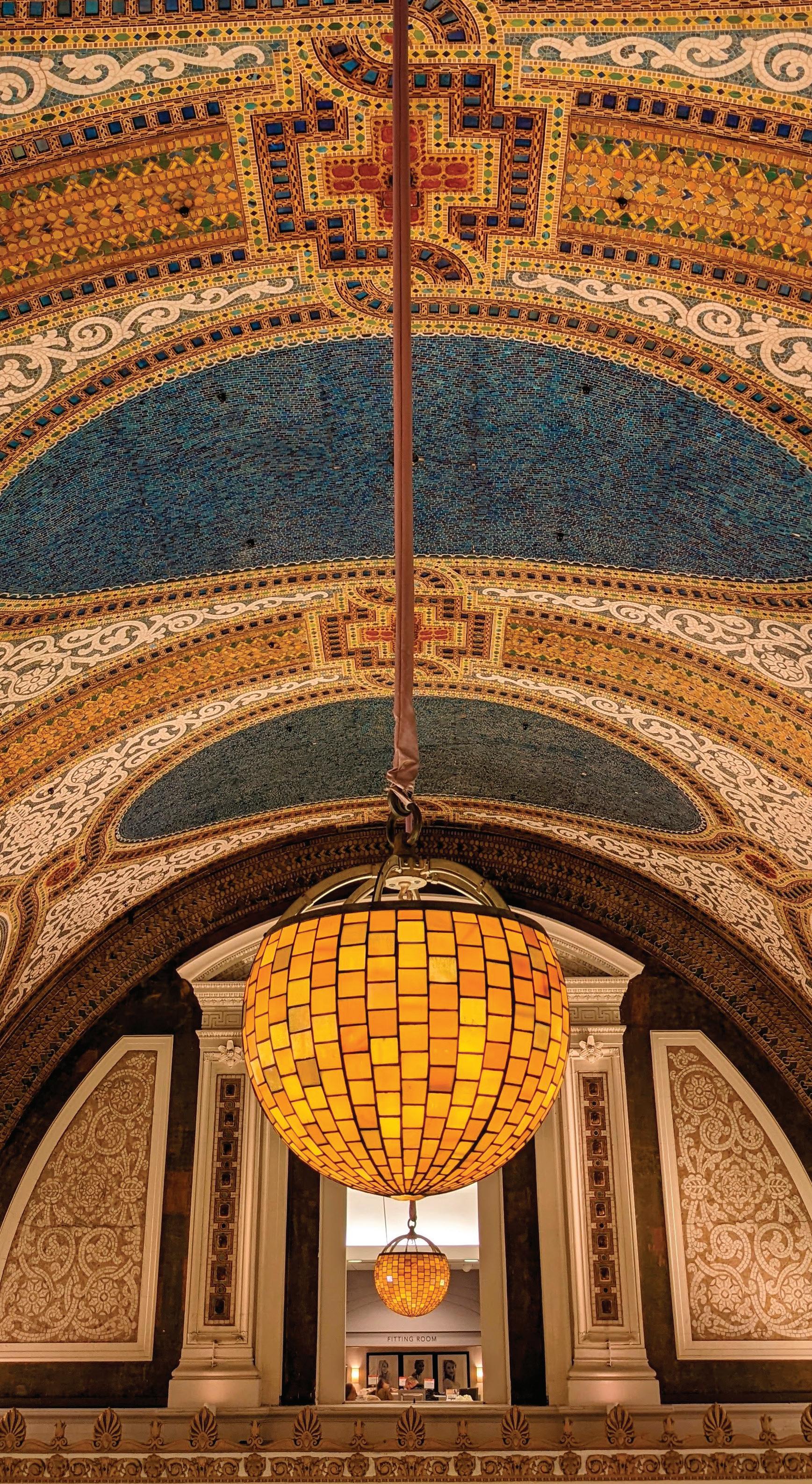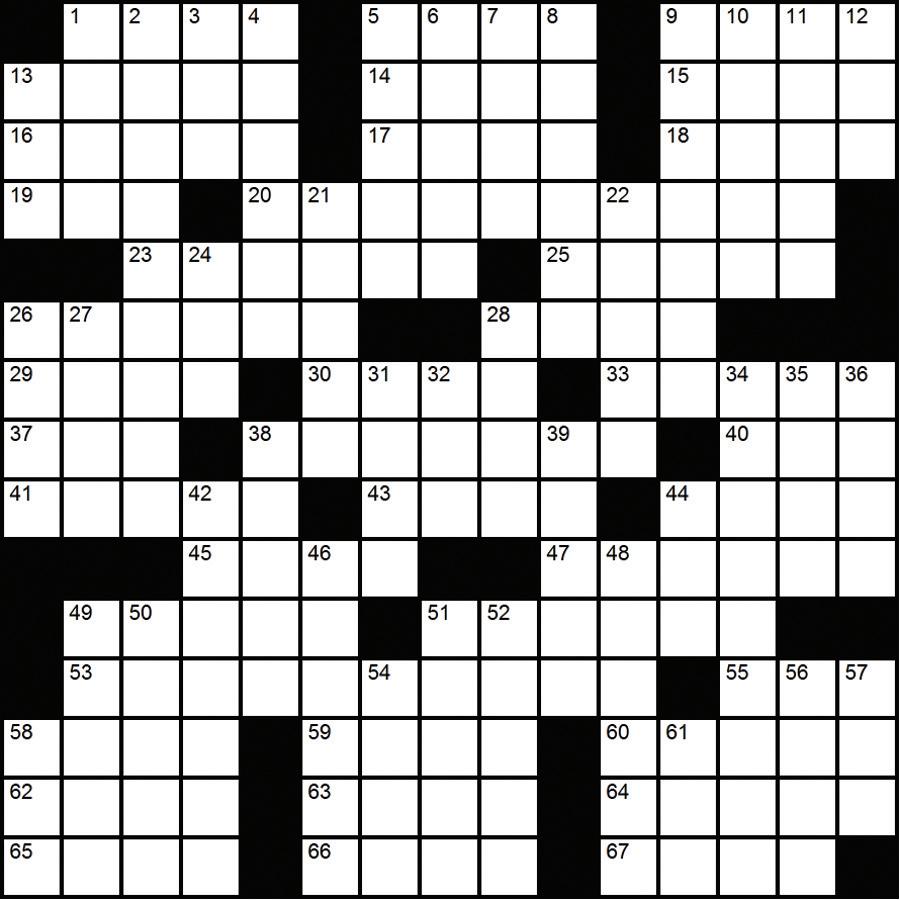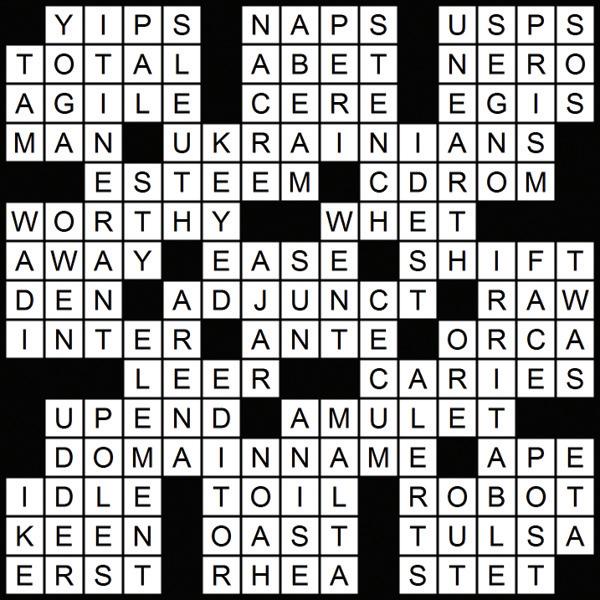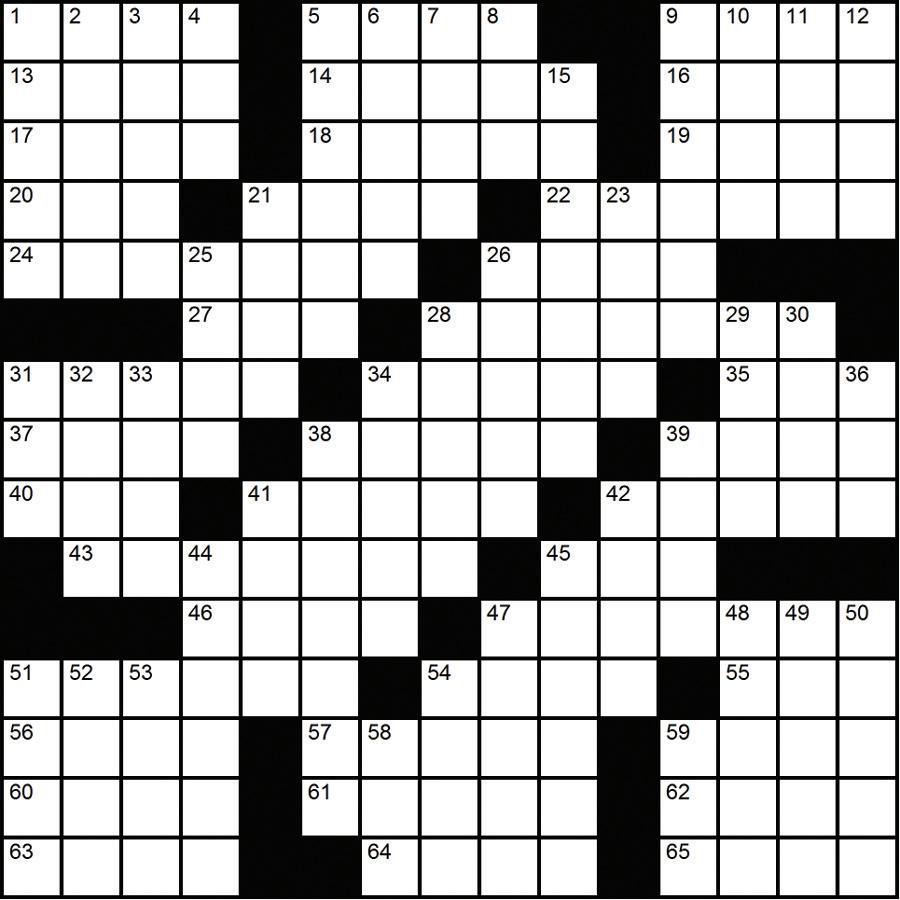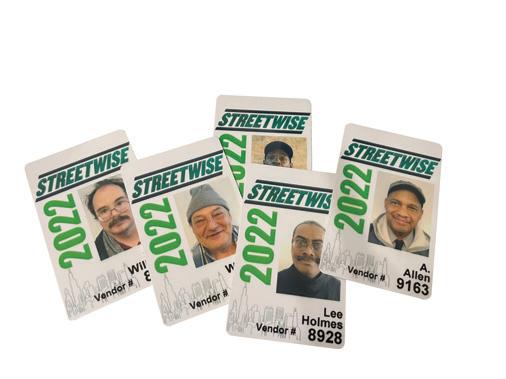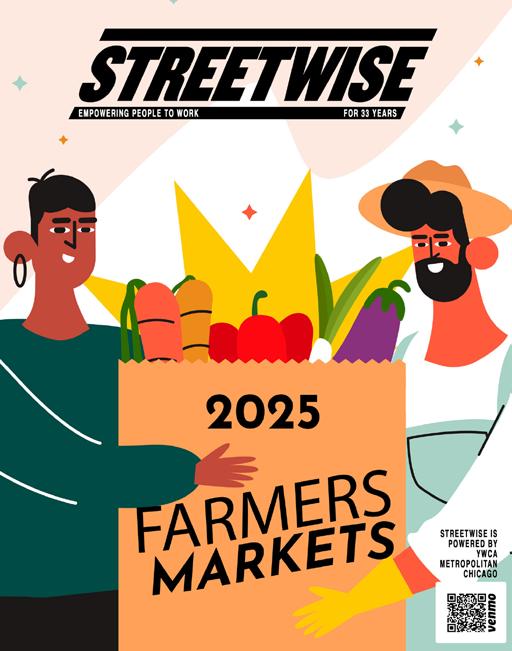Memories of the white sox
John: Today we are talking about memories: the 2005 Chicago White Sox. Pitcher Bobby Jenks died last month at age 44, and he was a big part of the team.
Russell: My condolences to the family of Bobby Jenks. You will be missed. The 2005 White Sox were in their 105th season. They finished 99-63 to win the American League Central by six games over Cleveland. In the playoffs and the World Series, they went 11 and 1, ending an 88-year drought, defeating first the defending World Series champion Boston Red Sox, then the LA Angels and Houston. To me, that was a magical season, the way the Sox played was like a 9-5 job: they took care of business.
The Sox had an awesome pitching staff: ace Mark Buehrle, Jon Garland, Freddy Garcia, Jose Contreras and last but not least, Orlando Hernandez, also known as “El Duque.” Bobby Jenks took over the closing role: the ace of the bullpen. He was known for his intimidating presence and high-velocity pitches – clocking 100-mph fastballs. Not bad
for a guy who was playing off waivers – what a good move for Kenny Williams, the general manager at the time. Also, don’t forget the hitter who got the game-winning hit in Game 4 of the World Series, Jermaine Dye; Paul Konerko, my main man; and A. J. Pierzynski.
John: The key to the White Sox in 2005 was the offseason. There was a very popular guy they had in outfielder Carlos Lee, who was all about home runs. But manager Ozzie Guillen wanted to be more like Whitey Herzog. He traded the 3-run homerun hitter Lee to Milwaukee for the tablesetter Scott Podsednik and relief pitcher Luis Vizcaino. The White Sox did a lot more small ball: manufacturing runs, gaining bases, walks, stolen bases – you name it. If home runs came naturally, OK, but they didn’t swing for the fences. They moved runners from base to base to base.
Sometimes they were 2-1,3-2, 4-3. Any way you look at it, the White Sox were about pitching, defense and speed. Another thing was the ALCS playoff against LA Angels, these were two teams that nobody in ESPN world expected to be there. They expected the Boston Red Sox and NY Yankees, like the past two years.
In Game 2, Buehrle pitched a complete game for the White Sox in the Series against the Astros. In Game 3, Jon Garland; Game 4, Freddy Garcia and Game 5, Jose Contreras. In Game 1, the Sox were up 4-3 with Houston runners on 1st and 3rd, and two out in the top of the 8th when Ozzie Guillen made a gesture to call up Jenks that got me cracking up. “Give me the wide, tall guy.” Jenks was 6-feet-4 and 275 pounds.
Afterward, Aaron Rowand was traded to the Philadelphia Phillies for Jim Thome, which actually killed the team spirit
the White Sox had. What the 2005 season should tell us is not about who hits the most home runs, who has the highest batting average or who is the most dominant player, but who wants it more. In 2005, the White Sox wanted it more than anybody else.
Wayne: They had some really good pitchers. Bobby Jenks was a very good closer. He will be highly missed.
Russell: I watched a White Sox game a couple days ago, last game before the World Series. Rest in peace.
John: Rest in peace.
Wayne: Rest in peace, Bobby Jenks. It was a magical team in 2005.
Any comments, suggestions or topic ideas for the SportsWise team? Email StreetWise Editor Suzanne Hanney at suzannestreetwise@yahoo.com
Vendors John Hagan, Russell Adams and Wayne Dearman chat about the world of sports.
THE CHICAGO NEIGHBORHOOD DEVELOPMENT AWARDS 2025
by
The Chicago Neighborhood Development Awards honor the civic projects that "see possibilities where other people see challenges," said Meghan Harte, senior executive director of LISC, which is the primary organizer of the awards. “This year’s awardees are creating housing, reclaiming spaces, and driving progress that reflects the history, resilience, and identity of their neighborhoods. Their efforts reflect what this work is really about: strengthening neighborhoods from within and ensuring they remain places where people can build their lives.”
Celebrated June 26 at Radius, a live music venue in the heart of Pilsen, the CNDAs drew more than 700 civic leaders, residents, artists, architects, developers, and elected officials focused on how culture, creativity, and local leadership helps cities grow equitably.
“You are transforming the physical landscape of our city and with that, the soul of Chicago,” Mayor Brandon Johnson said in prepared material. “Through world class architecture, innovative real estate development, community-driven planning, you are helping to share a more equitable, resilient and vibrant future for all Chicago.”
1. Richard M. Daley Friend of the Neighborhood Award LORI HEALEY
Presented by Julia Stasch, immediate past president of the John D. and Catherine T. MacArthur Foundation, the evening’s first award was named for Mayor Daley because “he cared, he was passionate about the city, he wasn’t afraid to take on the tough jobs and he brought people together around big ideas…He often said much of what he did was about what could make the lives [better] of people who lived, worked, played in the diverse communities…I could just as well say these words about the honoree: Lori Healey,” who died May 3.
As board chair of LISC from 2013-15, Healey spearheaded a campaign that raised $40 million to support neighborhood partners. She was the force behind the NATO and G8 summits. As commissioner of the Department of Planning and Development, she shepherded over $1 billion in economic development investments by streamlining processes to make it easier for big and small de-
velopers to navigate the city. She partnered with all 77 neighborhoods so they could reap the benefits when she was CEO of Chicago’s Olympic bid in 2016, and as chief executive of McCormick Place she made sure local residents and businesses had employment and contracting opportunities. Ditto for her job as head of Obama Foundation facilities operations: she emphasized workforce development, minority- and women-owned business participation.
Daley shared that “Lori’s clarity of vision and her gift for collaboration made her an essential force in our city’s most important achievements.” In a video, former Mayor Rahm Emanuel praised her “laser-like focus” and Carlos Nelson, CEO of the Greater Auburn Gresham Development Corporation, said she “could come to the community and fit right in.”
CNDAs compared to ‘Grammys’ this year
The weekday awards ceremony is known to insiders as the “Oscars” of community development because of its video-laden production quality and its acceptance speeches. However, this year’s 31st annual awards were called “the Grammys” because of their theme, “The Voices of Chicago."
Small stages in the neighborhoods incubate local talent—and they are increasingly at risk. Protecting them is “essential to preserving the unique character of our city.” And as welcoming spaces to youth of diverse races, ages, income and identity, they “strengthen the social fabric of our neighborhoods and inspire the next generation to imagine their place in it,” Harte said.
Suzanne Hanney / photos provided by LISC *unless noted
The independent clubs are also an economic engine, said Robert Gomez of the Chicago Independent Venue League (CIVL), owner of both Subterranean in Wicker Park and Beat Kitchen in Roscoe Village. Club owners formed CIVL in 2017 to protest to city officials when the Lincoln Yards development announced it was going to have Live Nation operate five venues there.
“Chicago is the most competitive music scene in the country,” Gomez told the CNDAs crowd. “We have more venues under 500 capacity than anywhere in the country. At Subterranean I bring in 2000 people a week, who will eat and drink in the community before and after the show.”
City officials heard their protest, Gomez said, but then the pandemic started, “and the city and state were broke.” CIVL reached out to the federal government and received what became known as a “shuttered operator grant” that saved not only music venues, but museums, theaters, festivals and bowling alleys – and the owners themselves, who would have lost their homes, Gomez said.
Gomez was joined by other independent venue operators, from Radius, The Chop Shop, the Patio Theater and the Harold Washington Cultural Center, 4701 S. King Drive.
Jimalita Tillman, global director of the Washington Cultural Center, said that CIVL has members in all 77 Chicago neighborhoods. Without the ecosystem created by independent venues, there would have been no Muddy Waters, Chance the Rapper, Common or Mavis Staples, Tillman said. Music is a Chicago asset that neighborhood developers cannot deny.
“As Ms. Healey told me when I was very young, today is the day and now is the time, and arts will lead the way.”
3.
2. For-Profit Real Estate Development Award Brinshore Development and the Chicago Lighthouse for THE FOGLIA RESIDENCES, 1134 S. Wood St.
Robert Reed had lived with his parents for a time, but moving into this first residential project in the US serving people who are blind or visually impaired to be financed through Low-Income Housing Tax Credits put him back in control of his life, Reed said in a video. Newly constructed in Lighthouse’s signature orange, with contrasting flooring and lighting, and wide-open hallways, the 9-story building has 76 residential units (studios, one- and two-bedroom apartments), ground floor commercial space, a fitness room and courtyard terrace.
In order to execute its vision, the team engaged a visually impaired architect, the American Foundation for the Blind, the National Federation for the Blind and members of the visually impaired community, to create specialized accommodations for blind and visually impaired individuals. LBBA’s design evokes a lighthouse at night—serving as a beacon to the entrance of the Illinois Medical District (where it is the first residential building) and a prototype for residential projects serving people with visual impairments.
3. Polk Bros. Foundation Affordable Rental Housing Preservation Award Mercy Housing Lakefront CARLTON APARTMENTS, 4626 N. Magnolia Ave.
Mercy Housing Lakefront preserved an aging property in Uptown by updating interior space to better serve its vulnerable resident population, thus sustaining the long-term affordability for the 68 supportive housing units.
The objective was to restore the century-old Carlton
4. 5.
Apartments so they could remain at least another century, meeting the needs of low-income people in Uptown, which is now a neighborhood of choice.
Besides bringing in modern lighting and historic photos to inform restoration of the façade, the developers brightened the color of the building.
It was funded through a mix of sources: Low Income Housing Tax Credits, historic tax credits, state of Illinois donations tax credits, Federal Home Loan Bank affordable housing program funding. Rental assistance contracts with the U.S. Department of Housing and Urban Development ensure residents pay no more than 30% of their income toward rent. Since 2020, Mercy has completed preservation for three of its aging supportive housing properties in Uptown: 290 homes for residents with extremely low incomes.
4. Outstanding Nonprofit Real Estate Development Award North Side Housing and Supportive Services ROGERS PARK HOMELESS SHELTER, 7464 N. Clark St.
North Side Housing and Supportive Services set a new standard for design with this shelter, which received $6.9 million for building acquisition and renovation from the City of Chicago, (StreetWise Jan. 1-7, 2025). NSHSS runs the shelter with an annual operating contract and payment from the Chicago Department of Family and Support Services; it does not determine its residents, who come from the city’s Coordinated Entry System, or 311.
“We’re so excited to build a new shelter with trauma-informed design. We wanted to show a shelter can be attractive outside and inside, a contributor to the community,” NSHSS Board President Peter Marchese said in his acceptance speech.
Every detail reflects the belief that a shelter should be a place of healing, from the 35 two-bed rooms that provide more privacy for the 70 residents to natural light incorporated through skylights and large windows, to curved architectural features, to the use of calming colors (cool greens, greys and blues styled like a dorm or cruise ship), synthetic wood rather than linoleum floors, and warm lighting, architect Sean McGuire of Gensler told StreetWise at the opening.
Originally a doctor’s office, the building was radically transformed to offer 24/7 services. Other features include a commercial kitchen, laundry facilities, and healthcare to support residents on their path to stability and independence.
5. Blue Cross Blue Shield of Illinois Healthy Community Award PROMOTORAS DE SALUD
The Brighton Park Neighborhood Council’s Promotoras de Salud (Community Health Workers) program addresses physical, behavior and mental health needs in Brighton Park through culturally appropriate health, nutrition, and wellness education programming for community residents regardless of ability to pay and immigration status. A committee of 70+ residents, social service organizations and other community stakeholders plan and deliver the program, block by block, guided by a commitment to community engagement. BPNC identifies emerging health challenges and service gaps via an annual survey of more than 650 families, so that the Promotoras can respond with targeted programs and resources. By removing barriers, they make sure people get the health care they need.
6.
6. John D. and Catherine T. MacArthur Foundation Creative Places Award THE SOUTH SIDE SANCTUARY, 4702 S. King Drive.
The South Side Sanctuary breathed new life into a lot vacant for over 30 years, and transformed it into a vibrant, multifunctional space that brings people together and breathes new life into the neighborhood. Improved with open and sheltered spaces, trees, grass and hard surfaces, the South Side Sanctuary is open to the community from 8 to 8 p.m. daily or by reservation. Since Mayor Brandon Johnson cut the ribbon on Aug. 6, 2024, it has been the site of almost 100 events , which attracted roughly 3,000 people and engaged 300 small businesses on 47th Street.
As the venue for the Bronzeville Farmers Market (Sundays through October 19, 10 a.m.-2 p.m.) and expos for both girls’ businesses and children’s entrepreneurship, the space is targeted toward arts and culture, sports and recreation, health and wellness. The intention is to uplift the community and transform lives, said Cecilia Cuff, founder and developer of I.Am.Your.Village, the nonprofit arm of The Nascent Group business development firm, which undertook the project along with OASES, a regenerative development firm. Ann Lui, principal and architect at Future Firm, designed it, in partnership with the Chicago Department of Planning and Development (DPD) and the Chicago Community Trust.
“South Side Sanctuary is the first space of leisure in Bronzeville where we get to serve our community of people who look like us and who deserve beautiful green spaces that fill them with joy. We’re a city full of visionaries, we keep each other safe,” said Cuff, who thanked DPD Commissioner Ciere Boatright and Ald. Pat Dowell (3rd ward) as well as her Bronzeville Winery partner Erick Williams.
7.
The space will “change the narrative,” Cuff said. “When you feel positive about yourself, you do positive things. Our work is activism. We might not be marching, but every single thing we do in this room is either building the community around us or it’s breaking us down and we have too many forces now that are breaking down our community,” she said to applause.
“The South Side Sanctuary is what I needed to heal,” said Jasmine Michaels, co-founder and CEO of OASES. The day before her 25th birthday, she was diagnosed with lupus, which she noted disproportionately affects Black women, who are often in high-stress, high-need roles in their community.
7. Chicago Community Trust Outstanding Community Plan Award THE MARSHALL SQUARE RESOURCE NETWORK: A Blueprint for Community Investment
The Marshall Square Resource Network is a broad, bold, place-based coalition of over 60 nonprofits, businesses, and government entities, led by Latinos Progresando, that engages, educates and makes transformative neighborhood improvements. MSRN counters historic inequities and focuses on creating a vibrant neighborhood with community wealth building at its core. To date, the plan has leveraged over $16 million in investments for neighborhood infrastructure and new construction: the MSRN anchor site, beautification of commercial corridors and creation of green space. There is also programming focused on health, education, peaceful resolutions and community response to immigration, domestic violence and emergency situations.
The Richard H. Driehaus Foundation Awards for Excellence in Community Design
9. 10.
8. Third Place: LATINOS PROGRESANDO COMMUNITY CENTER, 2725 W. Cermak Road, Canopy
Canopy worked in close partnership with Latinos Progresando to restore and transform the Marshall Square public library, vacant for a decade, into a destination, a community anchor where everybody can come together. This fully renovated building now houses Latinos Progresando’s new offices, mental and behavioral health services, and nature-based programming by the Lincoln Park Zoo.
Canopy’s design preserved and exposed the building’s reinforced concrete frame, along with architectural details, while modernizing building systems, in order to celebrate the building’s history, said founder and principal Jaime Torres Carmona.
Multicultural and multigenerational expression emerged as key architectural themes for the new facility during charettes and activations and so the building reflects Hispanic culture. “It brings joy, where people feel welcome and safe all at once,” said Irma Ayala, senior associate.
9. Second Place: Duo Development, THE STARLING, 3243 W. 16th St. by Canopy
The Starling is a state-of-the-art community hub in North Lawndale designed to foster creativity and connection, with a café and multiple spaces for gallery shows, corporate meetings, music production, birthday parties and more. Indoor and outdoor spaces for rent include three meeting rooms for four, 20 or 30 persons; a library nook; open workshop area; sound studio (with or without engineer); three outdoor terraces and a garden.
openness and safety. Architectural elements, like retractable facades and large terraces, encourage year-round community gatherings, reflecting the area’s resilience and need for adaptable spaces. Starling’s thoughtful design transforms a long-vacant lot into a space of opportunity, drawing foot traffic and fostering pride among residents. By embedding cultural and creative programming within the architecture, Starling strengthens North Lawndale’s identity as a vibrant and connected community.
“Our firm is driven by the notion that architecture can be used for positive change,” said Jaime Torres Carmona, Canopy founder and principal, in thanking Ald. Monique Scott (24th ward) and DUO Development; Rafael Robles and Carlos Robles-Shanahan, two DACA recipients who immigrated to the US from Mexico, started the nonprofit to benefit disinvested communities through real estate. “We jumped at the chance to partner with you on a community center not just as a place to spend time but to replenish, restore and create. Now we have a building that harnesses economic mobility, chance and safety in one location.”
10. First Place: Hispanic Housing Development Corporation, PEDRO ALBIZU CAMPOS APARTMENTS, Pappageorge Haymes partners, 1203 N. California Ave. More than half the building’s 64 apartments are threebedroom units, because this “vertical village” mitigates the effect of gentrification on the Paseo Boricua, the Puerto Rican cultural boulevard. It is an affordable home for families, an important institution of cultural sustainability in Humboldt Park.
The architects drew inspiration for the midrise at the northeast corner of California Avenue and Division Street from nearby red brick and Greystone structures, as shown in its two-story stone-clad base. 8.
The hub’s layout and terraces create visual and physical connections to the streetscape, fostering a sense of
11. CIBC Emerging Leader Award EMILIO ARAUJO, director of development, Onward House Araujo grew up in Logan Square and began community organizing and advocacy as a teen. Now, Araujo ensures the Belmont Cragin-based organization has the financial support it needs to provide holistic resources to Northwest Side residents: from a food pantry, to early childhood education, to ESL classes.
Over the past few years, Onward House, with Araujo at the helm, stepped up in a moment of crisis. He spearheaded efforts to secure funding that allowed Onward House to expand its work with immigrants just arriving to Chicago, with advocacy at the state level to protect vital mental health resources for migrant families. Recently, Araujo has been fundraising for a new community center that will allow Onward House to expand its footprint to the greater Northwest Side. This work is personal to him. He believes Chicago’s strength lies in its immigrant roots, and his efforts reflect a deep commitment to building strong, inclusive neighborhoods.
12. Richard H. Driehaus Foundation Community Design Impact Award ANN LUI, Future Firm founding principal Lui is an assistant professor of practice at the University of Michigan’s Taubman College who designs space for changemakers, community-led developments and arts/ culture organizations. Because she understands that her clients have limited resources and bandwidth, she often goes beyond the traditional architect role and takes on whatever needs to be done: general contracting, fundraising, advocacy, even zoning law, to make a project achievable, said Anne Lazar, executive director of the Driehaus Foundation.
“Without this level of commitment, many community projects would not become a reality,” according to CNDA prepared materials. “She makes the seemingly impossible possible, expanding a community’s sense of what is achievable.”
Lui and her team have secured over $22 million in public funding for projects over the last three years and addressed the technical chances of adaptive reuse in a changing climate.
When she was growing up in San Francisco as the daughter of immigrants, she didn’t know what an architect was, because architecture was too often a luxury good, available to the select few, Lui said in her acceptance speech. Her father worked for a civil rights organization in Chinatown and her mother taught Chinese and English as a Second Language in public schools.
As she built Future Firm, Lui decided that “an architect is anybody who believes anything can be redesigned for the better, whether a doorknob, a building, zoning policy or the future of the city itself.”
She learned from her parents “how to communicate across cultures to build trust around shared goals.” Cities are where you find this mix of people.
Cities, since their inception, “have been the place where you seek your fortune, make your future for your family and also find experiences that are surprising and wondrous and new. Cities, if we believe in them, and fight for them, produce the things that make all of this worth it.”
12.
(Stephanie Jensen photo).
